Why parcelLab?
Discover why parcelLab is the go-to post-purchase partner for top retailers across the globe
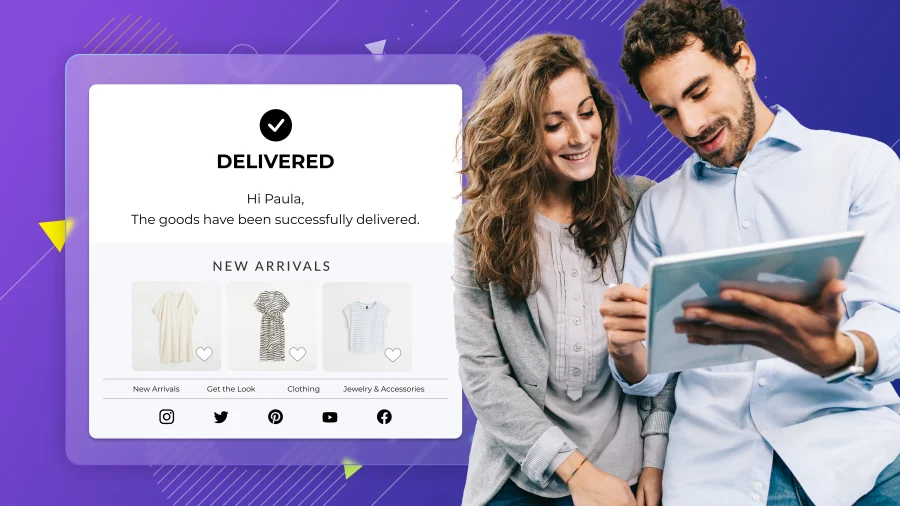
Post-purchase marketing refers to the strategies and tactics businesses employ to engage with their customers after a purchase. It involves using marketing channels to keep customers informed, delighted, and loyal to the brand.
Post-purchase marketing can take many forms. They can be your order confirmation emails, personalized thank-you messages, product recommendations, and referral programs.
The goal of post-purchase marketing is to foster a long-term relationship with your customers. Ultimately, the objective is to drive repeat purchases and increase customer lifetime value.
Post-purchase activities are the actions your business can implement to engage with customers after a purchase has been made. Designed to provide customers with a positive experience, post-purchase activities reinforce shoppers’ decisions to buy from you and encourage them to make repeat purchases.
Some common post-purchase activities include:
| Post-purchase activity | Purpose |
|---|---|
| Order confirmation | Acknowledge the customer’s purchase and provide them with details about their order. |
| Shipping notifications: | Send notifications to customers to inform them when their order has been shipped and provide tracking information. |
| Product recommendations | Offer personalized product recommendations based on a customer's previous purchase history. |
| Customer feedback requests | Ask customers to give feedback on their purchase experience and use that feedback to improve future offerings. |
| Loyalty programs | Give customers incentives for repeat purchases, such as discounts or exclusive access to new products. |
To implement an excellent post-purchase marketing strategy (also known as after-sale marketing), it’s vital to understand what post-purchase behavior means. Simply put, it’s the way a customer feels, thinks, and acts once they make a purchase. This is when they analyze if they’re satisfied or unsatisfied with what they bought.
This assessment will decide if they will buy from your brand again and what they will say about your brand to others. Obviously, there are two broad outcomes of this:
As an ecommerce business, your priority should be to influence the customer in a way that results in positive post-purchase behavior. That’s exactly what post-purchase marketing is. It’s your opportunity to make your customers feel happy and confident about their purchases so they don’t fall prey to “buyer’s remorse.” In other words, post-purchase marketing is all about elevating a customer’s experience.
When done right, post-purchase marketing encourages repeat purchases, boosting loyalty and retention.
It can also help you convert your happy customers into brand evangelists who spread positive word-of-mouth about your business—and you know what that means. It’s as Dharmesh Shah, Founder and CTO of HubSpot says, “The more advocates you have, the fewer ads you have to buy.”
Let’s take a closer look at some of the benefits of post-purchase marketing.
Keeping in touch with customers after their purchase can help you build a relationship with them and encourage them to shop with you again. For example, Athletic Greens regularly sends informative emails to help its customers live healthier lifestyles. Plus, the brand constantly spotlights Athletic Greens users. Not only does this help to build excitement in their customers, but it also creates a sense of community and builds brand loyalty.
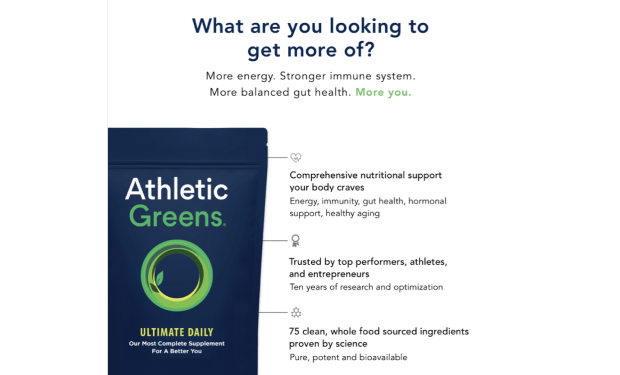
Post-purchase marketing can also lead to repeat sales. For example, Redbubble offers product recommendations similar to the ones the customer just purchased in their post-purchase emails that make it easy for customers to discover new products. This simple feature can help ecommerce brands increase customer retention, generate more repeat sales, and offer a more personalized shopping experience.
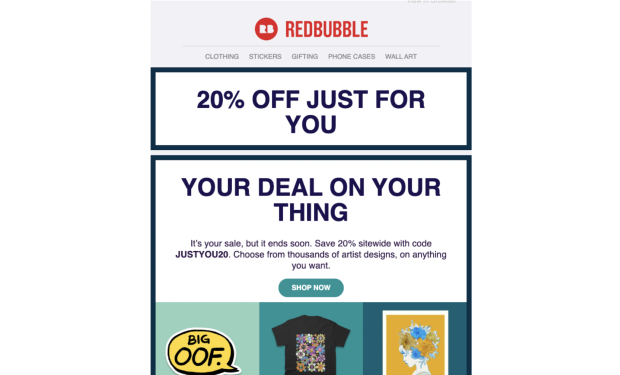
You can use post-purchase marketing to invite referrals from your customers. For example, the fashion e-tailer Stitch Fix encourages existing customers to refer their friends. Both the customer and the person they referred will get $25 off their next “Fix.”
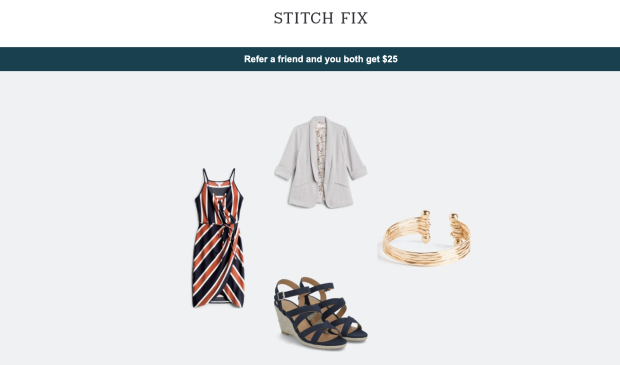
Post-purchase marketing can also be used to gather customer feedback, which can help improve your products and services. For example, the skincare brand Maelove sends post-purchase emails asking customers for ratings and reviews on their recent purchases. This not only helps the brand improve its offerings but also shows customers that their opinion is valued.
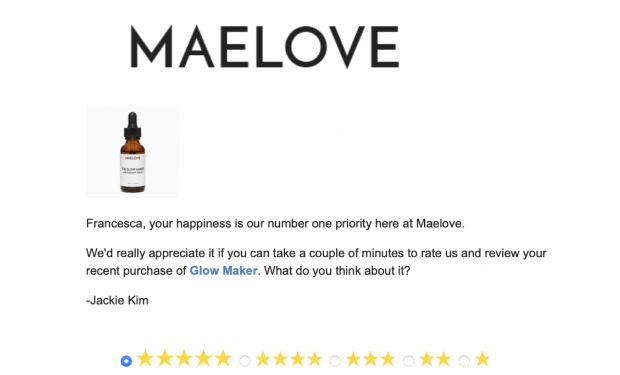
As you can see, post-purchase marketing helps ecommerce brands build stronger relationships with customers, generate more sales, and improve their products and services. Depending on your goals, there are several post-purchase marketing strategies that you can choose from. Let’s take a look at some of them.
This may seem like a no-brainer, but you may be surprised to learn how powerful a simple order confirmation email can be.
Jeff Miller, Senior ecommerce Customer Success Manager at Gorgias, says, “Most brands spend way too much time on repetitive customer support tickets. It doesn’t need to be this way. Our data shows that usually, at least 30% of questions for brands are some version of “Where is my order” (WISMO), the king of all empty-calorie tickets. These questions need to be answered, yes, but they don’t need a human touch. And your people have better things to do.”
One simple yet effective way to is to send clear order and shipping confirmations to customers post-purchase that include order tracking links. You should also use this opportunity to set expectations about delivery times, etc.
For example, uses parcelLab’s post-purchase platform to proactively inform customers about delivery times, potential delays, and other shipping updates. It also gives customers a real-time Order Status page and a Net Promoter Score to collect feedback. All of these touchpoints are white-labeled. In addition, GRAVIS can check how their carriers are performing and take corrective action if needed.
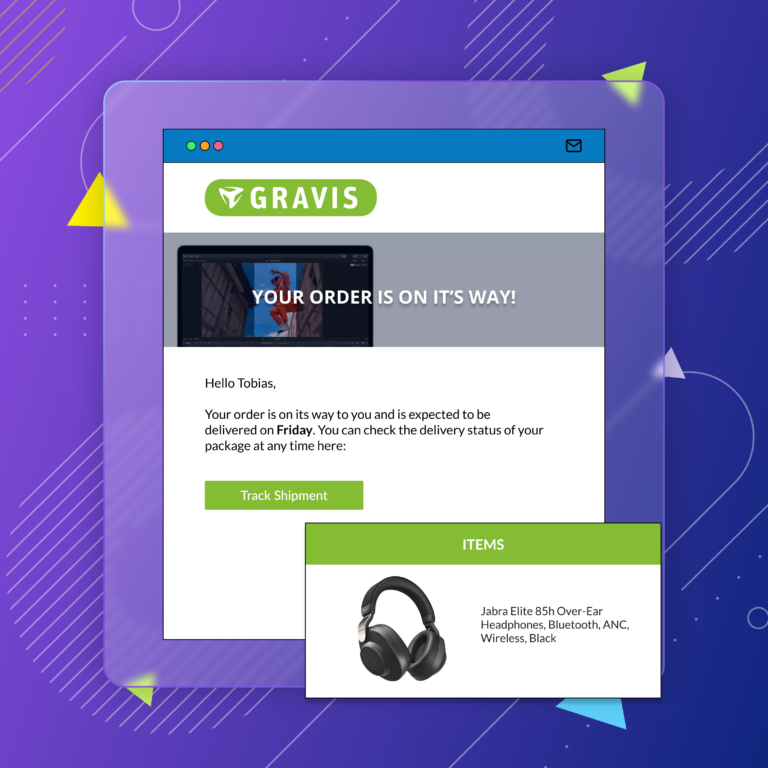
A great way to impress your customers and elevate the post-purchase experience is to send them value-added content. This could be tips on caring for or maintaining the items they just bought best practices for using the products, or answers to frequently asked questions about those products.
Suppose a customer orders a bicycle from your online store. Upon successful delivery, you could send them shipping communication that includes assembly instructions in the form of a video. The screenshot below shows an example of a post-purchase email (sent upon successful delivery) from IKEA that provides video instructions on quickly setting up the SYMFONISK lamp.
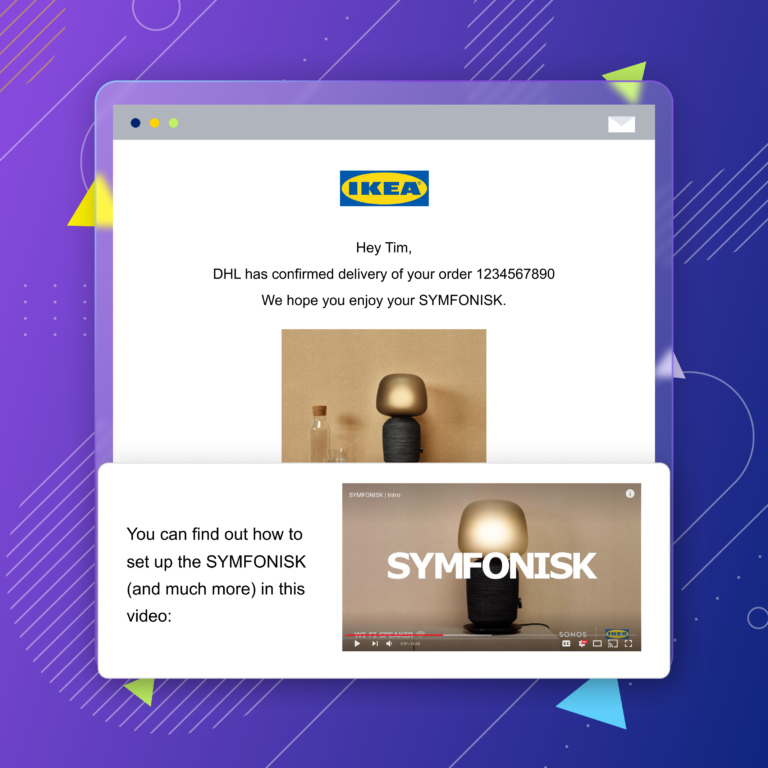
You could also use these emails to share personalized recommendations for related products that may complement the one they just bought. For example, if someone bought a bicycle, you could share recommendations for a helmet, bike lights, water bottles, etc. This can be an excellent opportunity for generating some additional sales as well.
Leading fashion retailer New Look uses parcelLab’s post-purchase platform to send its customers timely, relevant, and personalized communication like the one you can see below. Not only does this enhance the after-sales experience, but it also creates opportunities to increase revenue by offering personalized product recommendations.
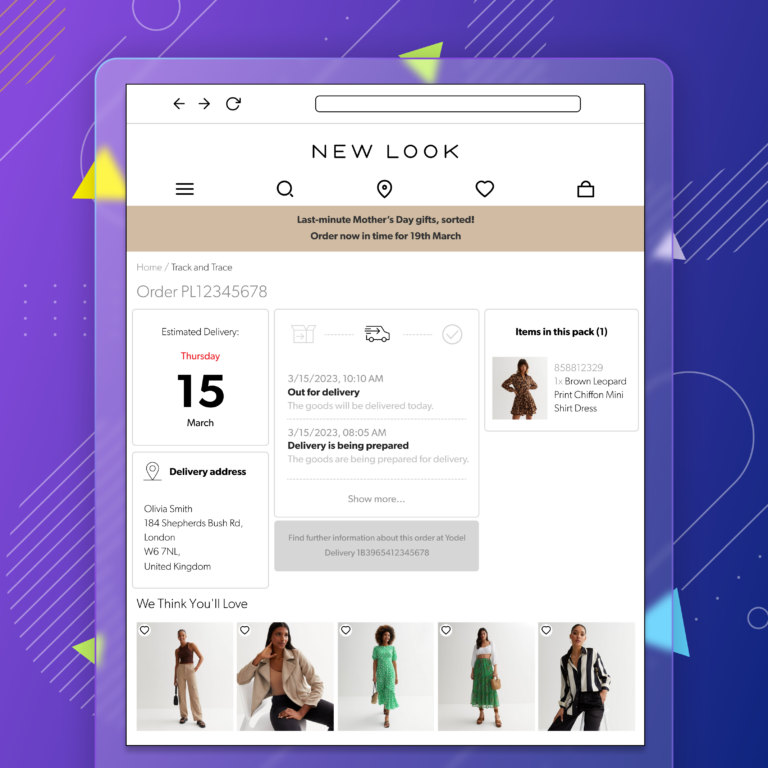
Asking for reviews of the product they just purchased is a great way of building stronger relationships with your customers. It shows them you value their opinion and want to serve them better. Here’s an example from Hessnatur, a fashion retailer that uses the parcelLab solution to send post-purchase communication to its customers.
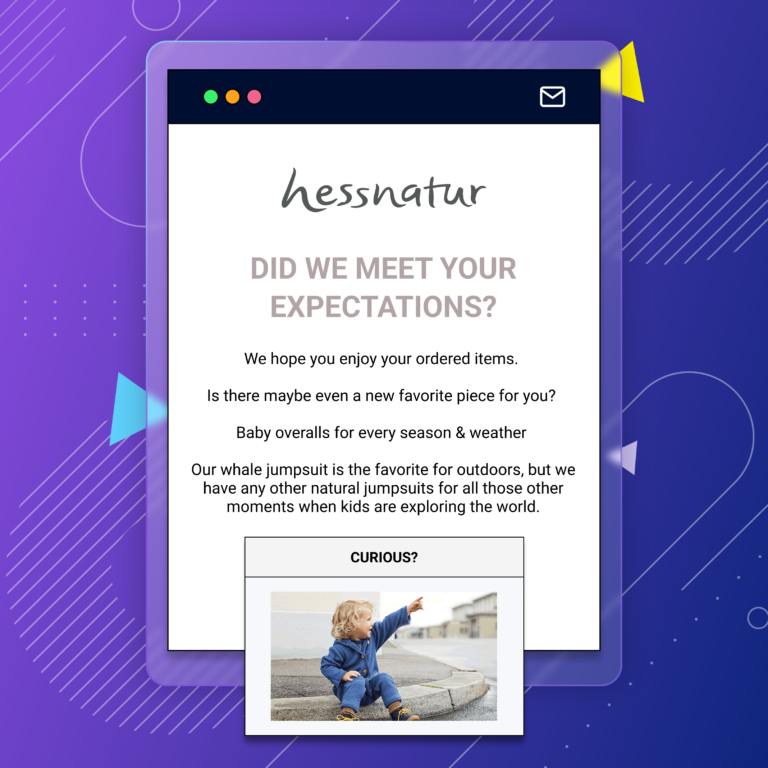
All of the strategies mentioned above have one thing in common: they help to increase your brand value and improve the customer experience. By proactively sending the right information — whether it’s order confirmation, tracking information, shipping updates, personalized recommendations, or “how-to” content — you can position your brand above the rest.
To learn how you can use parcelLab’s platform to automate and streamline your post-purchase marketing communications, contact us today.